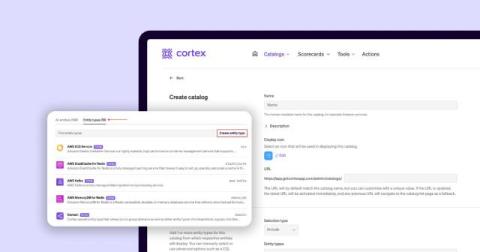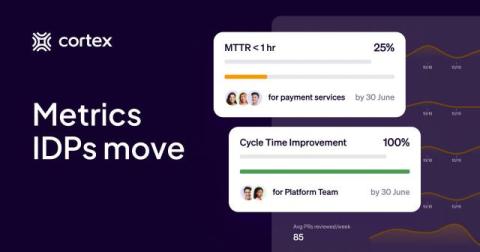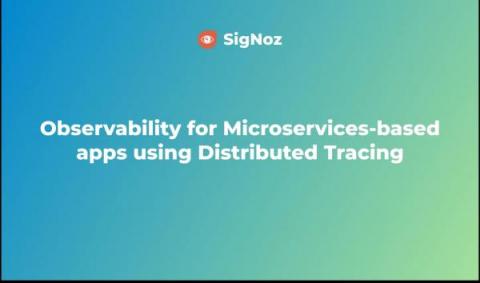Reduce alert storms in your microservices architecture with easily scalable techniques
Alert storms occur when your monitoring platform generates excessive alerts simultaneously or in succession. Although numerous factors can cause an alert storm, microservices architectures are uniquely susceptible to them due to multiple service dependencies, potential failure points, and upstream and downstream service relationships.











